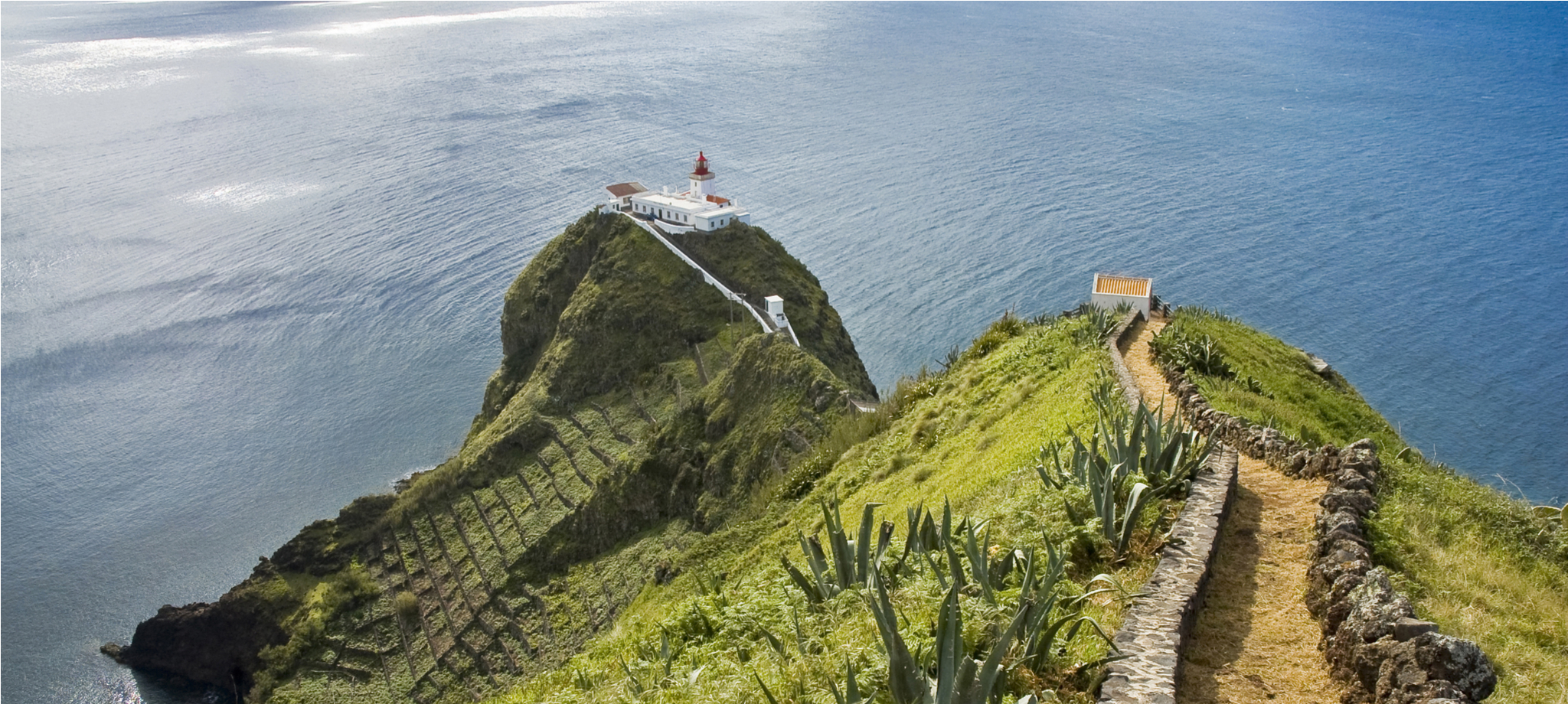Geography of Santa Maria Island, Azores: Map and Population
Santa Maria Island, the first of the Azores to be discovered and settled, is renowned for its unique geology, scenic landscapes, and warm climate. Covering an area of 97.42 square kilometers, Santa Maria has a length of 17 kilometers and a width of 9.5 kilometers, making it an ideal destination for the perfect vacation with various activities and places to visit.
Santa Maria, Azores map: an island with a strategic location
Positioned in the Eastern Group of the Azores alongside São Miguel, Santa Maria is the southernmost and easternmost island in the archipelago. Located at latitude 36.97° N and longitude -25.1° W, the island sits between Europe and North America, 760 nautical miles from Lisbon and approximately 2,110 miles from New York City. This prime location makes Santa Maria a historical waypoint between continents, both for explorers of the past and for today’s travelers.
Santa Maria, Azores population and local communities
Santa Maria has a population of 5,414 residents (as of 2021) primarily concentrated in the municipality of Vila do Porto, the oldest settlement in the Azores. The municipality is divided into five parishes:
- Vila do Porto – 3,017 residents
- São Pedro – 813 residents
- Santo Espírito – 597 residents
- Almagreira – 617 residents
- Santa Bárbara – 370 residents
These communities uphold Santa Maria’s rich traditions, events and products, making it a welcoming and vibrant place. Each parish offers unique aspects of local culture, history and heritage. The island’s close-knit population contributes to a sense of camaraderie, preserving Santa Maria’s unique cultural identity within the Azores.
Geological significance and unique landscapes
Santa Maria is the oldest of the Azorean islands, with geological formations dating back over 8 million years. Unlike other islands in the archipelago, it has no active volcanic history in recent centuries, resulting in softer landscapes with sedimentary deposits. Marine fossils found in Prainha and Lagoinhas, dating from the Pleistocene epoch, and others in Ponta do Castelo, estimated to be 5 million years old, give Santa Maria a unique paleontological value.
The island’s geological makeup is rooted in volcanic activity, with basaltic foundations and fossil-rich limestone formations. These deposits supported a thriving lime industry during the 19th century, creating a legacy that remains evident today. Santa Maria’s terrain includes the highest peak, Pico Alto, which reaches 590 meters and provides panoramic views of the island’s varied landscapes—fertile plains in the south and rugged cliffs along the northern coast.
Climate and natural beauty
Santa Maria’s warm and sunny climate, often referred to as the best in the Azores, attracts visitors seeking pleasant weather year-round. Known as the “Sunshine Island”, it experiences more hours of sun than its neighboring islands, with a mild maritime climate that supports diverse flora and agricultural activities. This climate also contributes to the island’s relaxed lifestyle, making it a perfect escape for travelers looking to enjoy nature, outdoor activities, and breathtaking views.
Share the experience of discovering this incredible archipelago with your loved ones. Book a personalized group trip with Azores.com.


